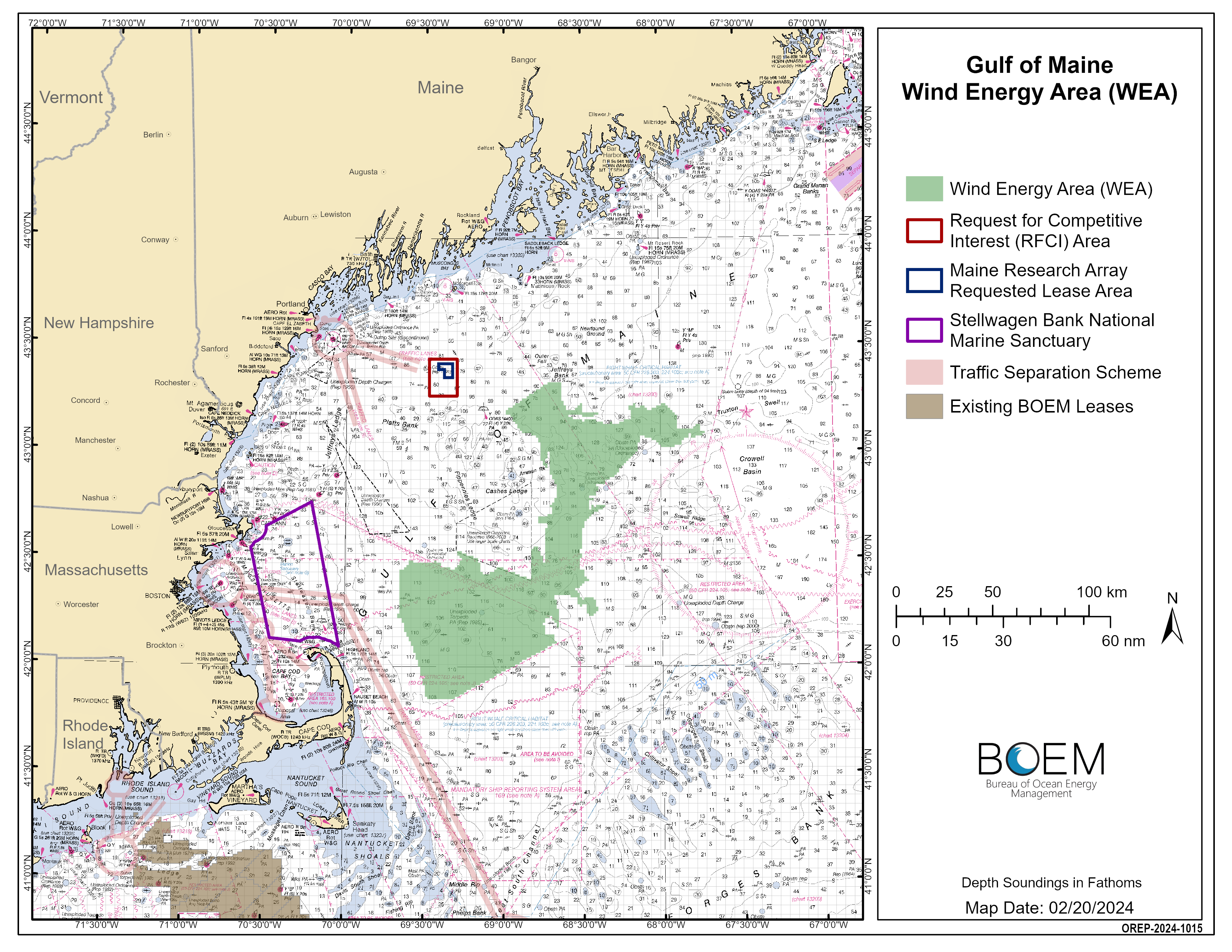U.S. hydropower regulators have issued a pilot project license to the Marine Renewable Energy Collaborative of New England (MRECo) for its proposed Bourne tidal hydrokinetic energy project to be located on the Cape Cod Canal in Massachusetts.
MRECo describes itself as a nonprofit corporation that educates and involves all stakeholders (Academic, industry, governmental/regulatory, and public interest groups) to promote the sustainable development of renewable energy in New England ocean waters.
In 2023, MRECo applied to the Federal Energy Regulatory Commision for an 8-year pilot project license for the proposed Bourne Tidal Hydrokinetic Test Site Project. The 50-kilowatt project would include an existing steel platform (installed in 2017), an existing mounting pole, and a new tidal turbine-generator. According to the FERC order, MRECo plans to test various turbine-generator units at the project, including axial, cross flow, oscillating, conveyor, and Archimedes Screw turbine-generator units, but only one turbine-generator unit will be tested at a time. MRECo estimates that testing for any turbine-generator unit will occur for one to two months at a time, with three to four tests per calendar year.
The facilities will be located within the Army Corps-managed canal, less than a mile north of its southern entrance from Buzzards Bay. According to FERC, about 15,000 commercial vessels up to 825 feet in length use the canal each year.
FERC issued the license under its hydrokinetic pilot project licensing process, a special procedure FERC uses "to meet the needs of entities, such as MRECo, who are interested in testing new hydropower technologies while minimizing the risk of adverse environmental impacts." FERC has described the goal of this process as "to allow developers to test new hydrokinetic technologies, to determine appropriate sites for these technologies, and to confirm the technology’s environmental and other effects without compromising the Commission’s oversight of the projects or limiting agency and stakeholder input."
As outlined in FERC staff’s 2008 white paper presenting the pilot project licensing process, a pilot project should be (1) small, (2) installed for a short term, (3) located in non-sensitive areas based on the Commission’s review of the record, (4) removable and able to be shut down on short notice, (5) removed, with the site restored, before the end of the license term (unless a new license is granted), and (6) initiated by a draft application in a form sufficient to support environmental analysis.
FERC found that these factors applied to the Bourne tidal project, and granted MRECo a pilot license for "an 8-year license term to allow it sufficient time to validate the efficiency of the project prior to applying for a longer-term license for the platform."







